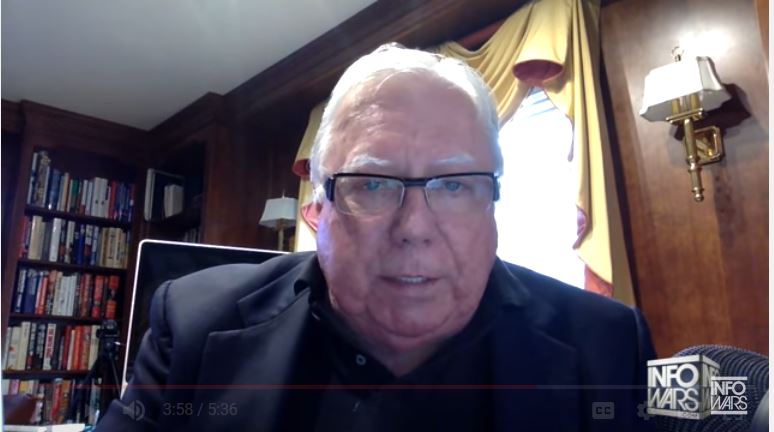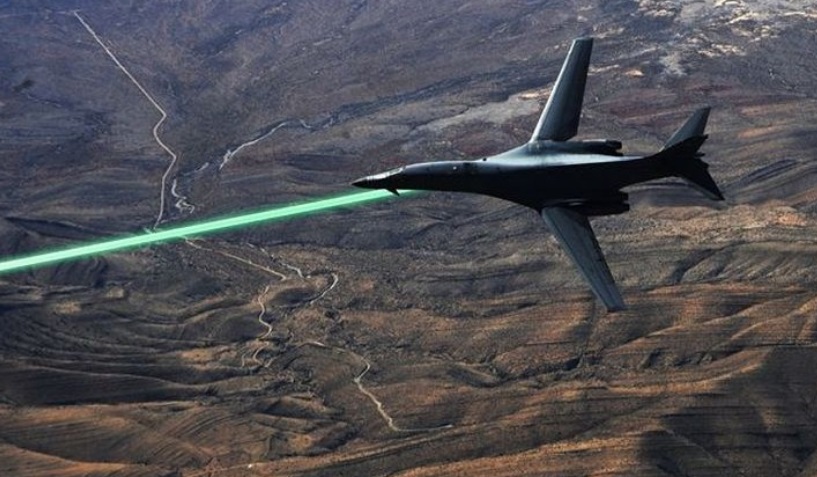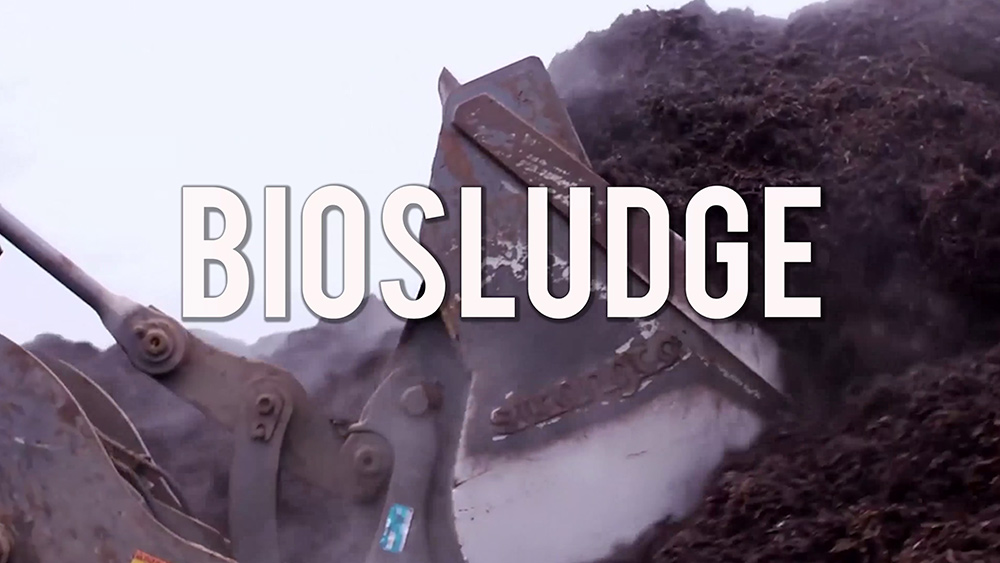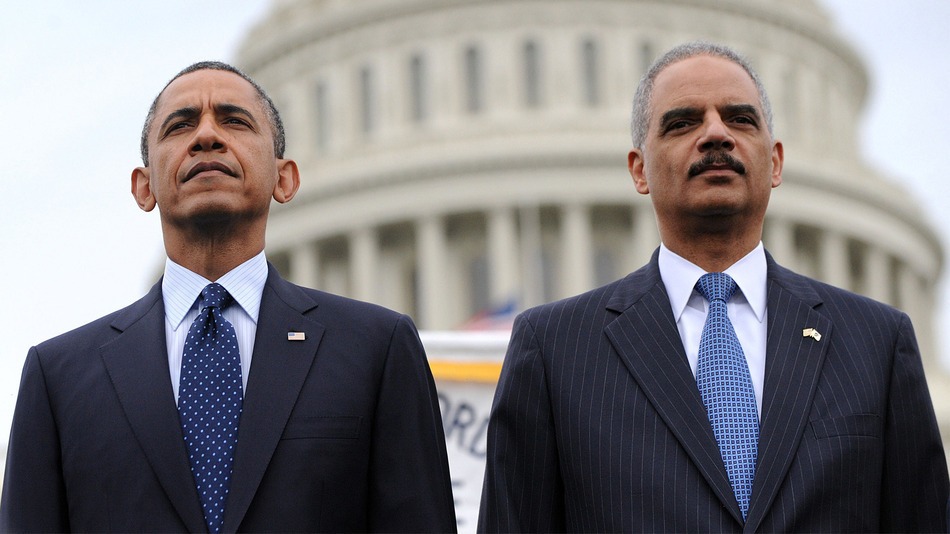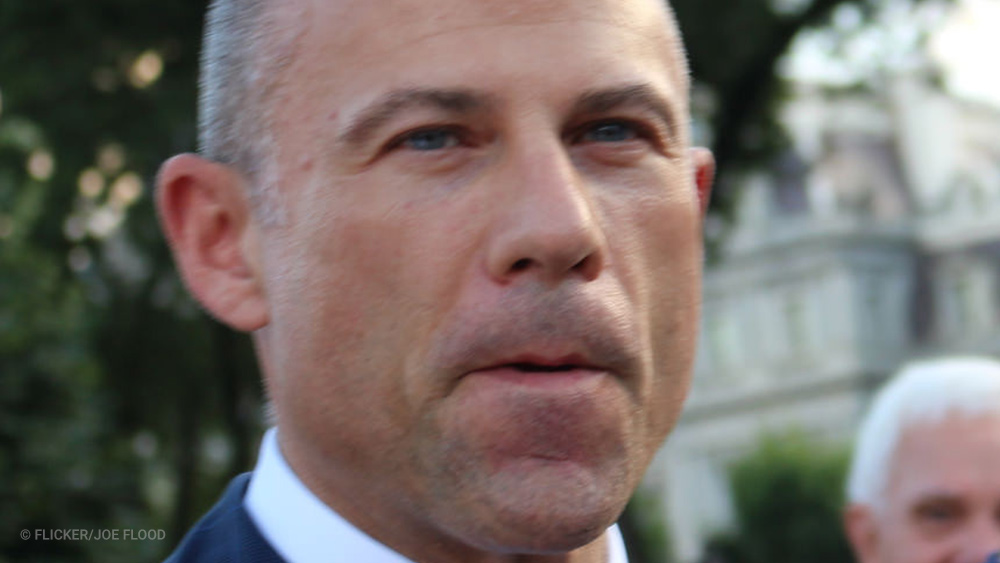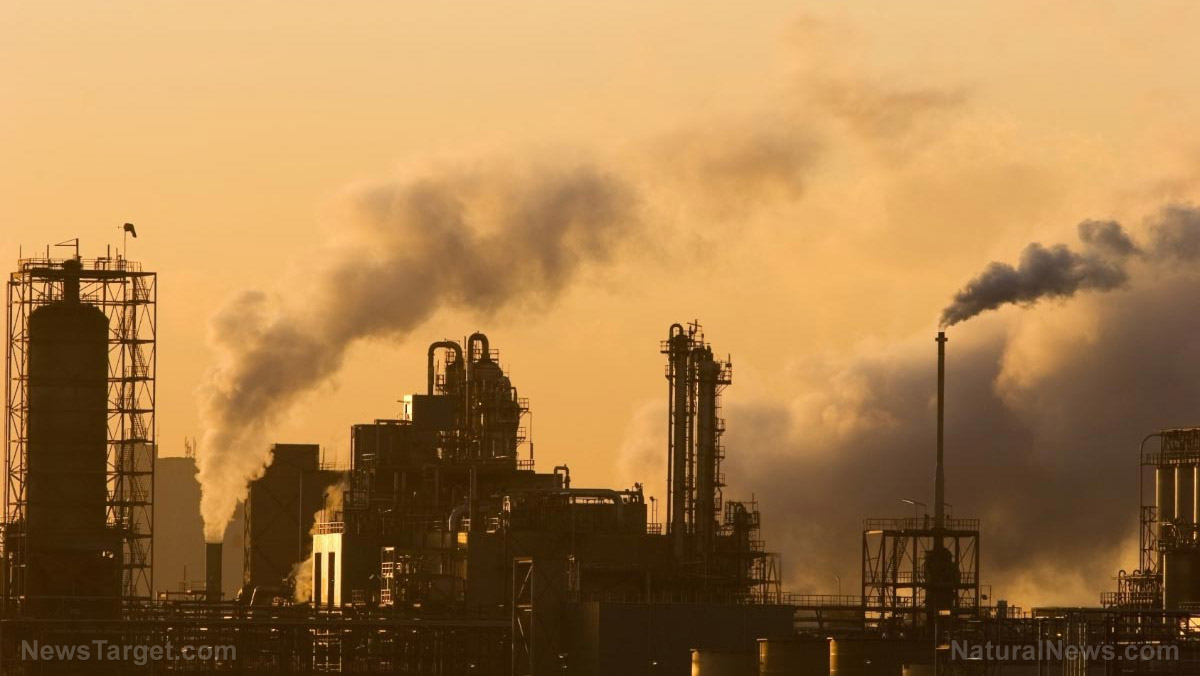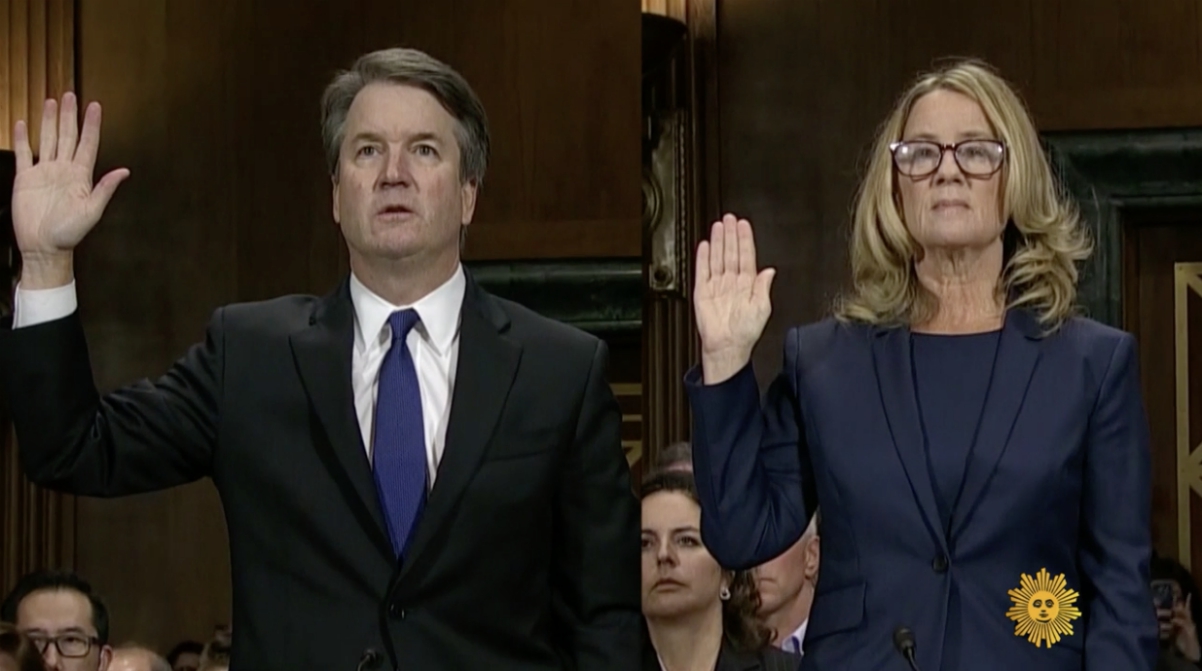Fukushima was a man-made disaster, Bloomberg reports
11/30/2015 / By realinvestigationsnews

Most people who know about the disaster at the Fukushima Daiichi nuclear power complex on Japan’s east coast believe it was caused by a natural disaster: A huge, earthquake-generated a tsunami that swept over and through the complex in March 2011, heavily damaging three of its reactors in the process, leaving radiation-contaminated earth and sea in its wake.
But a new report from Japan’s parliament says the damage to the plant was more likely caused by human error, and that the earthquake and tsunami merely exposed that.
The “man-made” failures which led to such devastation at Fukushima were the result of breakdowns between regulators and the plant’s operator, Tokyo Electric Power Company (TEPCO), that allowed the company to avoid implementing safety measures. That means the parliamentary report noted that the Japanese government itself lacked a commitment to protect the public.
The accident, which triggered a raft of nuclear reactor safety investigations worldwide, “cannot be regarded as a natural disaster,” the Fukushima Nuclear Accident Independent Investigation Commission’s chairman, Tokyo University professor emeritus Kiyoshi Kurokawa, wrote in the report, which was released July 4 in Tokyo. Moreover, he said the disaster “could and should have been foreseen and prevented. And its effects could have been mitigated by a more effective human response.”
To date, the report is the harshest indictment yet of TEPCO and the government, Bloomberg News reported, though the report said findings couldn’t rule out that the massive 9-magnitude quake did indeed damage the No. 1 nuclear reactor and accompanying safety equipment. That, at least, departed from earlier reports which concluded the reactors did indeed withstand the quake but were only disabled by the tsunami it generated smashing into the plant.
Time to revisit the design of nuclear plants, at least?
The parliamentary panel’s finding is likely to have lasting implications for Japan’s remaining nuclear plant operators, especially if it leads to tougher earthquake safety and resistance standards. In all, operators reported combined losses of 1.6 trillion yen ($20 billion) in the year following the disaster, in large part due to safety shutdowns and inspections of the country’s 50 reactors, as well as higher fuel tabs when the Asian economic giant fell back on gas and oil-fired power plants.
There are other implications raised by the panel’s report
For instance, if the No. 1 reactor at Fukushima was in fact crippled already by the earthquake before being struck by the tsunami, that would force Japanese regulators to revisit seismic criteria all of Japan’s plants would be required to follow – which is known as their design basis – according to Najmedin Meshkati, a civil engineering professor at the University of Southern California, a noted researcher of nuclear safety in Japan.
“This finding basically puts into question some of the design basis assumptions that we have,” Meshkati told Bloomberg. “If this reactor got some damage because of the earthquake, we really need to go back and revisit some of our assumptions that we have for the design basis of other reactors.”
Meanwhile, over the objections of perhaps most of its citizens, Japan’s nuclear power industry is slowly creeping back to life.
A pair of reactors operated by Kansai Electric Power Company won approval from the government to restart by the end of July, amid protests which have drawn tens of thousands of Japanese regarding the perceived dangers associated with nuclear power, the country’s Kyodo News Agency reported, citing police estimates. A June 4 poll published by the Mainichi newspaper said as many 71 percent of Japanese people oppose the restarts.
‘Unforgivable ignorance and arrogance’
The parliamentary report spared no criticism of how the TEPCO plant and one of its own agencies may have conspired to create a climate which allowed so much damage to be caused to the Fukushima complex.
The report said lawmakers found evidence of “collusion” between TEPCO and the government’s industry regulatory, the Nuclear and Industrial Safety Agency, in an effort to avoid the implementation of required safety regulations.
It went on to accuse TEPCO of exploiting its friendly relationship with the agency to soften the impact of the regulations.
“Across the board, the Commission found ignorance and arrogance unforgivable for anyone or any organization that deals with nuclear power,” said its report.
The six-month investigation was the first of its kind in Japan’s constitutional history, incorporating wide-ranging subpoena powers in which public hearings were held involving former Prime Minister Naoto Kan and TEPCO’s ex-president, Masataka Shimizu, each of whom gave conflicting accounts of their response to the disaster.
For his part, Kan said he agreed with the panel’s finding that the disaster was man-made, but he dickered with the report’s conclusion regarding the government response, according to a post on his official blog.
Three earlier investigations into the incident, which were led by the government, TEPCO and a private foundation, said in subsequent reports that no evidence was found suggesting that major damage was caused to reactor buildings and equipment at the nuclear complex as a result of the quake.
Instead, they each concluded that the damage ensued as a direct result of the tsunami, which consumed the site underneath a 43-foot wave, which knocked out even backup power, causing three reactors to melt down.
Some experts believe fallout from the report could lead to even more “man-made” nuclear power disasters.
“It’s a world-wide problem: the nuclear industry has taken control of the regulators,” Arnie Gundersen, a U.S.-based former nuclear engineer and licensed reactor operator, told Bloomberg.
Sources:
Tagged Under:

